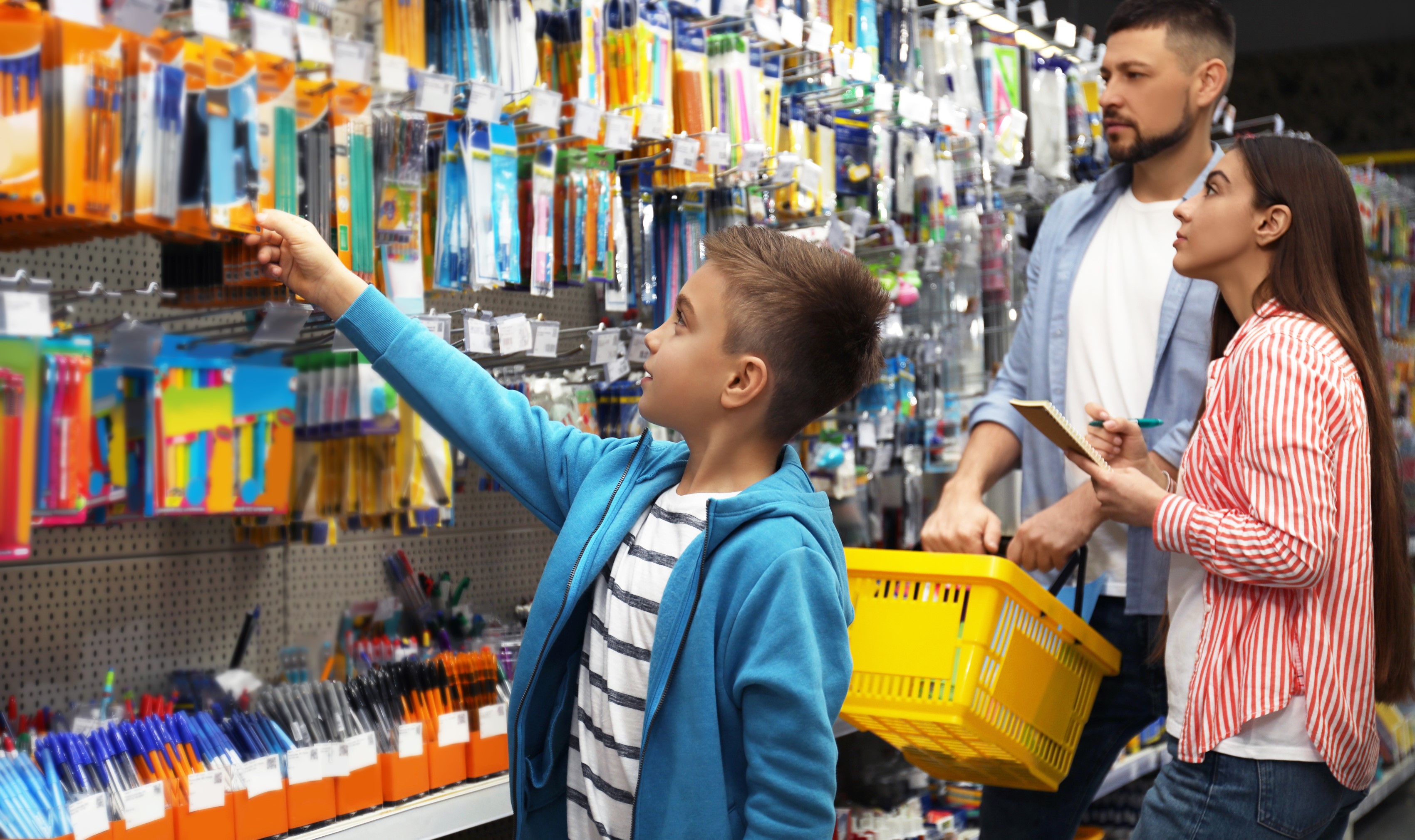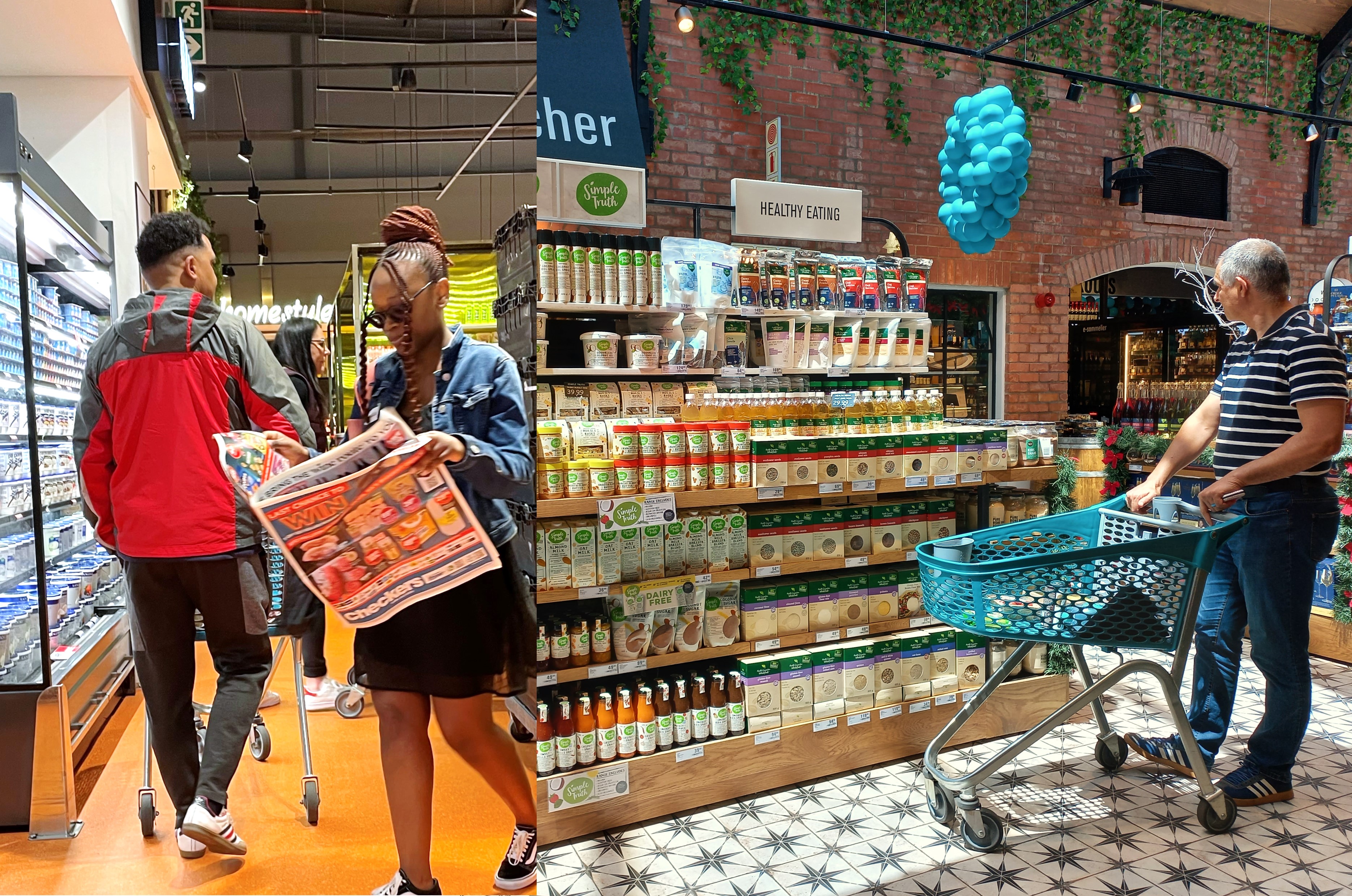So much has been said and taught and celebrated about brands and consumers, but it’s South Africa’s shoppers who keep the economy ticking over.
It may feel like pedantry or nitpicking, but consumers don’t shop. Likewise, shoppers don’t consume. Yes, many consumers also do their own shopping, and many shoppers then consume what they buy but if we’re being properly correct here, it is SHOPPERS who do the shopping, the spending, the worrying about prices. It is consumers who consume and fall in and out of love with brands and who are pursued relentlessly by brand and marketing teams tasked with building brand loyalty and brand equity. These are all very valid metrics, but in the world of retail, it is the purchase that counts, and the purchase is made by the shopper, or at the very least by a consumer in shopper ‘mode’. And suddenly the relationship with the brand is not based purely on emotional connection – the shopper is subjected to all manner of new prompts, such as special offers, the availability of other brands, education about alternatives, new places to shop, etc.

Some consumer brand teams have historically done such excellent jobs that shopping lists around the world include ‘Sunlight’, ‘Tupperware’ and ‘Hoover’ (yes, that’s a pretty odd shopping list but bear with us). Ultimately though, the winner is the brand for which the shopper hands over their hard-earned cash, possibly in our example for their supermarket-brand dishwashing liquid, an Addis lunchbox and a Kärcher vacuum cleaner.
And we don’t mean to take anything away from those industrious brand teams – it’s a huge feat to build brands like Sunlight and Hoover to the point where they become category generics, to create strong emotional bonds between these consumers and these brands, even to stimulate purchase intent, but it takes a dedicated focus on the shopper to turn all of this love and intent into a purchase, or – if you’re a new brand trying to break into one of these markets – it takes disruptive shopper-focused initiatives to switch attention to this new brand.
Scenario 1: The housewife with ‘Sunlight’ on her list may wander the household cleaner aisle looking for it but have her attention caught by a shelf wobbler advertising the retailer’s new biodegradable own-brand dishwashing liquid. Being environmentally friendly has been on the housewife’s mind for a while and the product is at a reduced price this week so she decides she’ll give it a try. Bye-bye, Sunlight.
Scenario 2: At the start of the school year the harried parent takes their child shopping for a new lunchbox. Dad grew up with Tupperware and still thinks of plastic containers that way, even though his cupboards are now full of Addis and Ziploc. His daughter has her heart set on a Spiderman lunchbox (she’s the consumer and she thinks it’s cool) but Dad overrules her (because he’s the shopper, he’s paying, and he doesn’t think the plastic looks like it’s going to survive the school year). Bye-bye, Tupperware.
Scenario 3: The busy exec has noticed that her ‘Hoover’ has been making funny noises, but it still seems to be working ok. Then she sees a vacuum cleaner special in an online newsletter heading. She clicks through and sees a great special on a premium brand she’s not that familiar with but the price is excellent and the reviews are all extremely positive, plus delivery is free, so she orders it. Bye-bye, Hoover.
In each of these scenarios, the consumer had a brand in mind. They may even have had a strong emotional connection to the brand. However, in scenario 2, the consumer (daughter) was overruled by the shopper (dad), while in the other scenarios, the consumer went into shopper mode and the actual purchase decision was informed by influences such as price, quality, availability, convenience, something new, environmental friendliness and other people’s reviews.
This is the essence of shopper marketing. Understanding what converts brand openness into an actual purchase and delivering on these needs, prompts, messages, assurances etc. at the right time, in the right place, in the right language, via the right channel or media, with the right supporting information, etc.
It’s a subtle but critical distinction that can make or break a brand at the seminal moment of truth – the literal point of purchase.
And South Africa’s grocery shoppers are a wildly diverse and deeply fascinating bunch – there are SASSA grant shoppers shopping at Woolworths, there are LSM 10 shoppers in Boxer, more of them see supermarkets and hypermarkets as convenient than garage shops (what one might previously have described as the pinnacle convenience stores).

Shoppers are under increasing financial pressure, as the economy falters, debt repayments eat away at disposable income, and ongoing load shedding heaps extra costs on top of everything else. And groceries are something no household can do without, so while it is a market sector that is fairly resilient to economic challenges, retailers and brands need to be increasingly informed and creative to win their share of carefully guarded wallets.
Trade Intelligence Shopper Intel:
2024 SA Grocery Shopper Report
Comprehensive insights decoding SA’s grocery shopper profiles and behavior across retailers and segments to fine-tune strategies for your target shopper segments.
Click here to learn more.
Bespoke Shopper Research
Tailored research solutions to answer your foremost shopper questions quickly and cost-effectively - Solving the retail challenges impeding your growth and progress
Click here to learn more.

